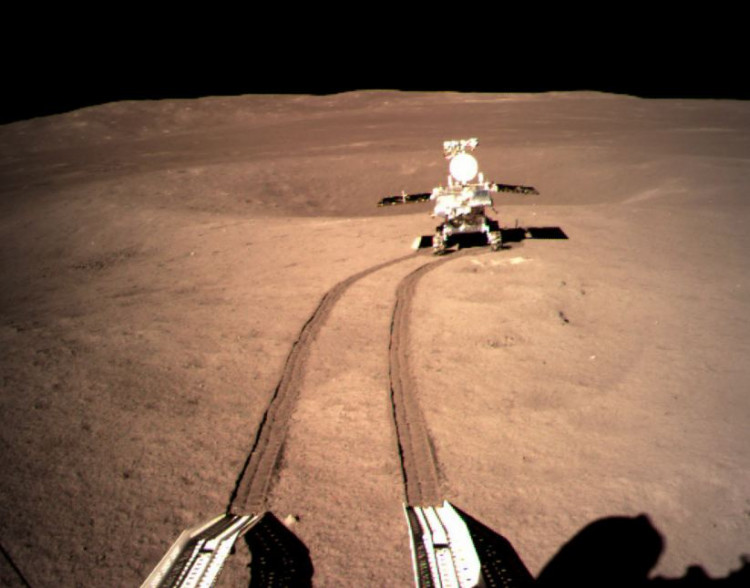Using data from China's latest lunar missions, scientists have created a new high-resolution map of the moon.
The detailed map was constructed utilizing data mostly from China's Lunar Exploration Program collected over the last 15 years, as well as high-quality data from international exploration missions from the United States, Japan, and India.
It includes 12,341 impact craters, 81 impact basins, 17 rock kinds, and 14 types of structures, and reveals geologic strata, structural details, and a chronology of the moon's surface.
The map depicts "the evolution of lunar crust under igneous processes, catastrophic impacts and volcanic activities," according to the research team's paper, which was accepted for publication in the journal Science Bulletin.
The map employs a Mollweide projection, which produces an oval picture of the moon; China also offered stereographic projections, centered on the north and south poles, respectively. The new research could be used to expand lunar geology mapping and choose landing sites for future expeditions.
The Chinese space program's lunar flights have been exhilarating to witness for many space aficionados.
China launched the first of its robotic Chang'e missions more than a decade ago, and the country has steadily improved its capabilities as it pursues the Earth's natural satellite.
The Chang'e program began on Oct. 24, 2007, when the Chang'e-1 probe was launched into polar lunar orbit by a Long March 3A rocket.
A year later, the Chinese space agency launched a follow-up trip to the moon called Chang'e-2, which yielded even more stunning mapping of the lunar surface.
On Dec. 4, 2013, China achieved history by successfully landing the Chang'e-3 mission. The soft landing in Mare Imbrium, an old volcanic plain, was the first in nearly 40 years - a feat previously performed by the Soviet Union in 1976.
The Chang'e-4 lander, China's fourth moon mission, arrived on the far side of the moon on January 2, 2019, and is already causing quite a stir: it is the first spacecraft to ever land on the moon's space-facing hemisphere.
According to the China National Space Administration, the robot landed at 177.6 degrees east longitude and 45.5 degrees south within Von Kármán crater (CNSA). Von Kármán is found within the South Pole-Aitken basin, the moon's largest and oldest impact crater that has never been investigated.
Landing on the far side of the moon is problematic due to the lack of a direct link to Earth. Prior to Chang'e-4, China put the Queqiao relay satellite into lunar orbit, allowing communications to any place on the surface.
The full-size map is available from the Chinese Academy of Sciences' National Space Science Center.




